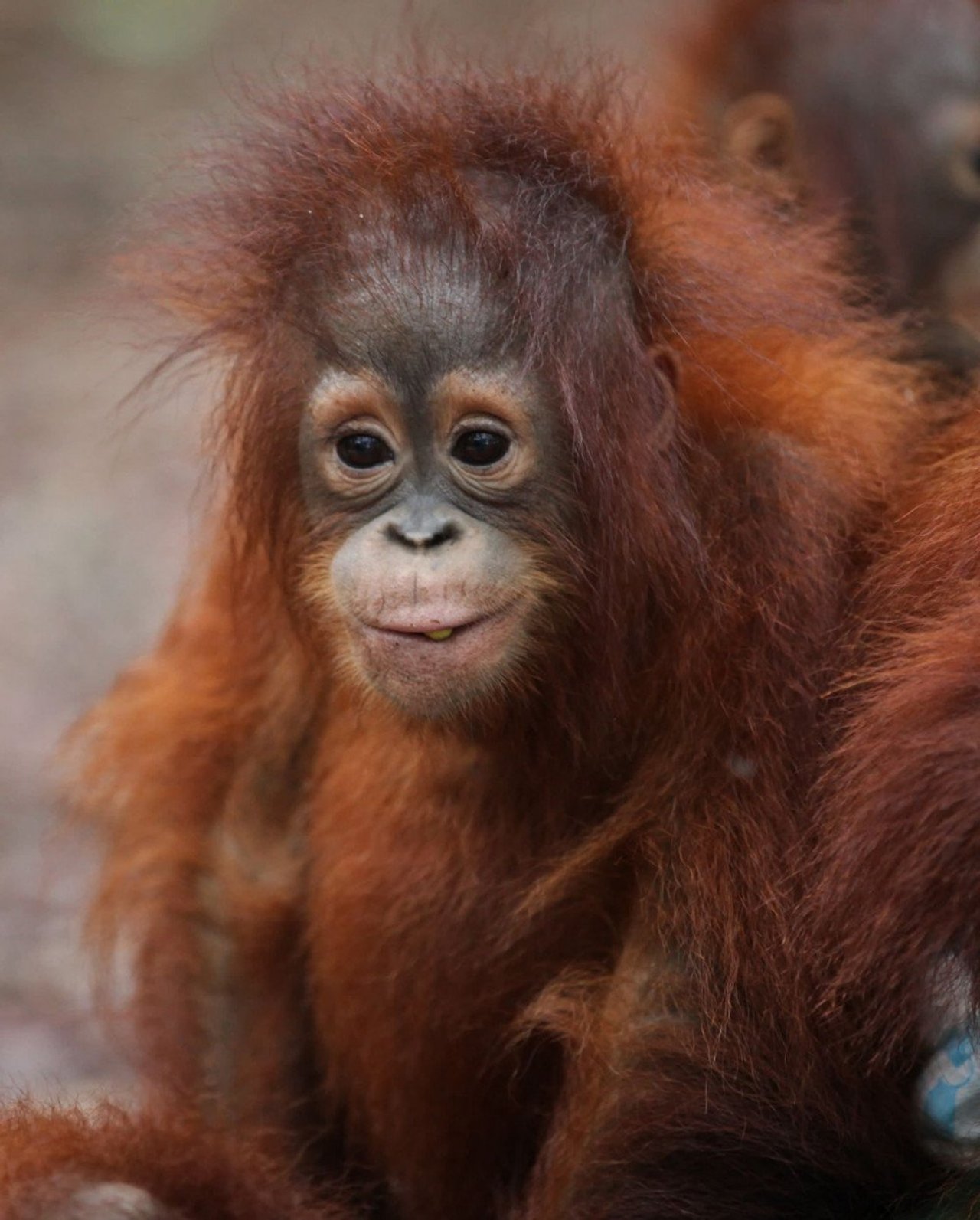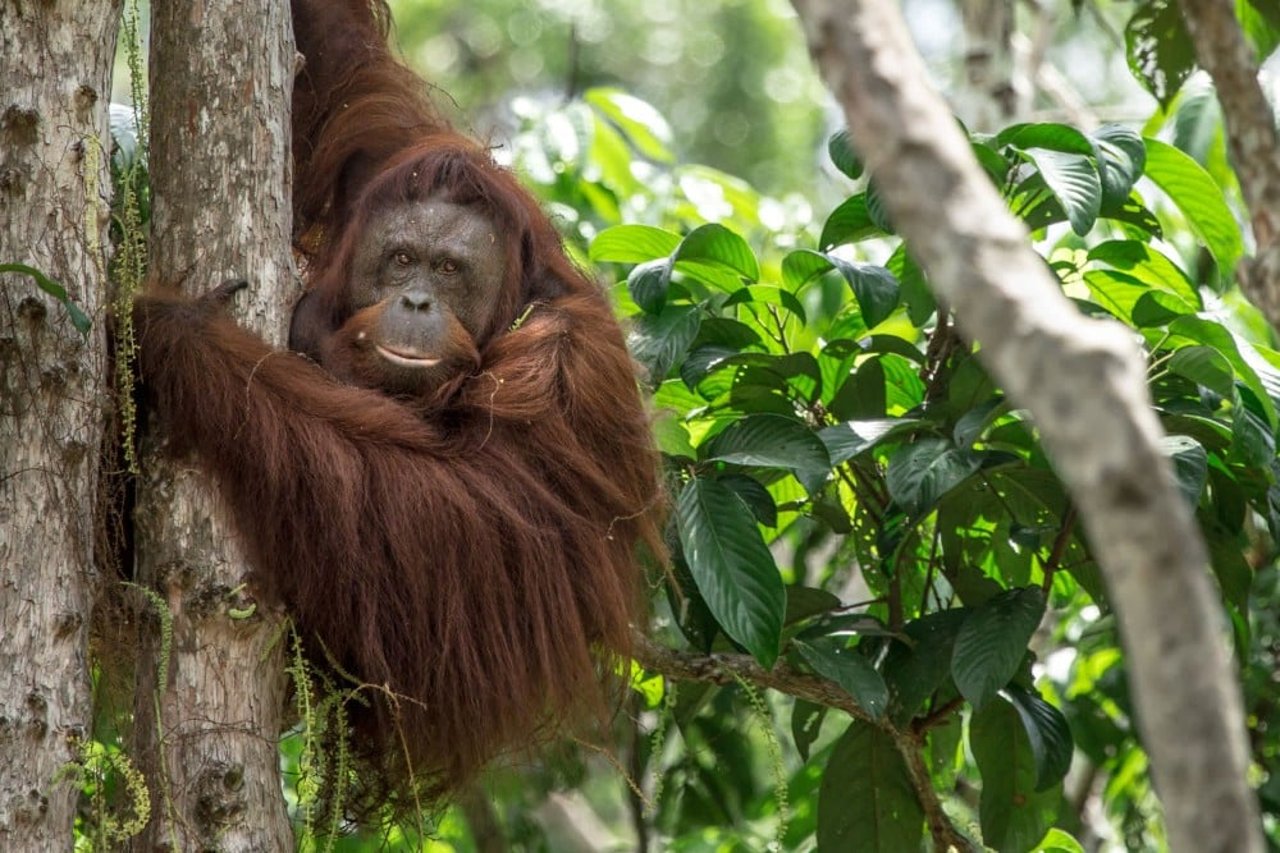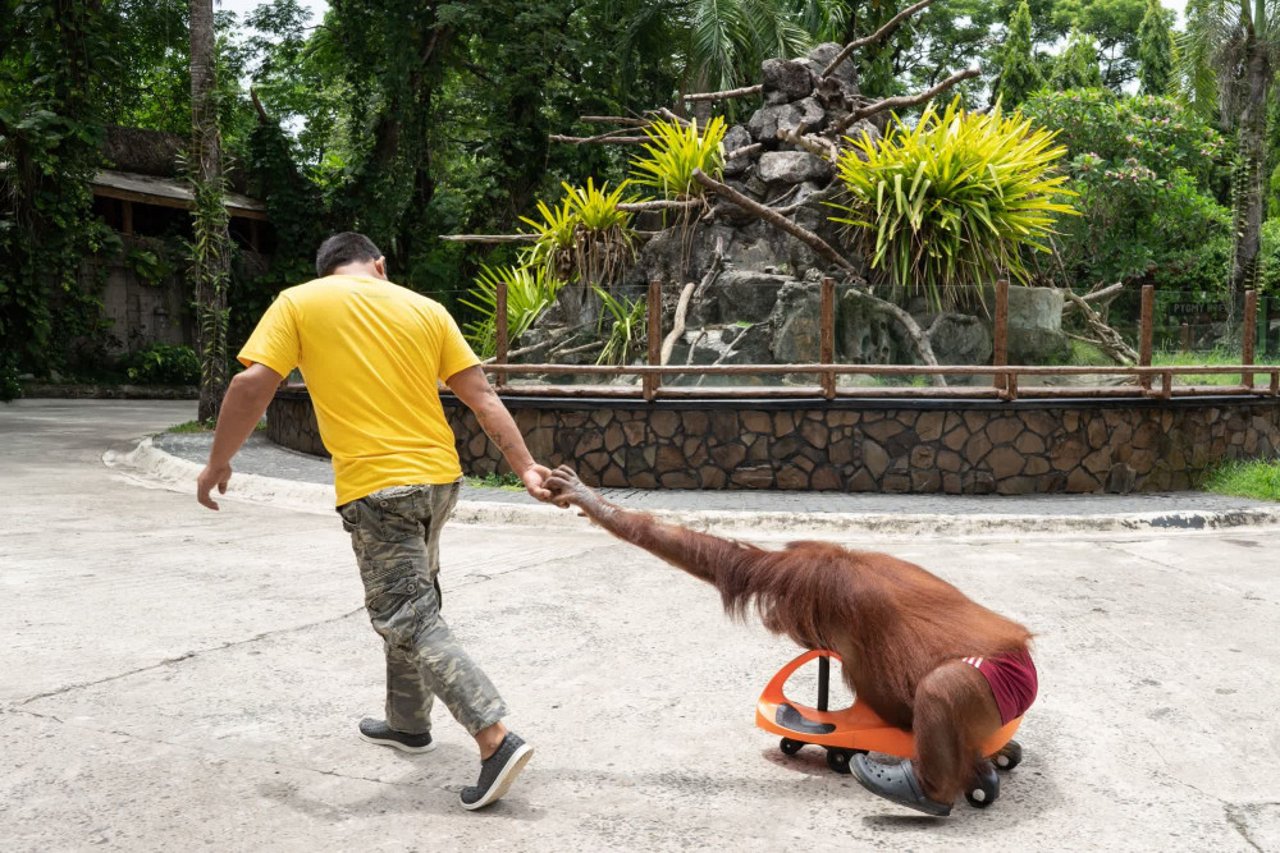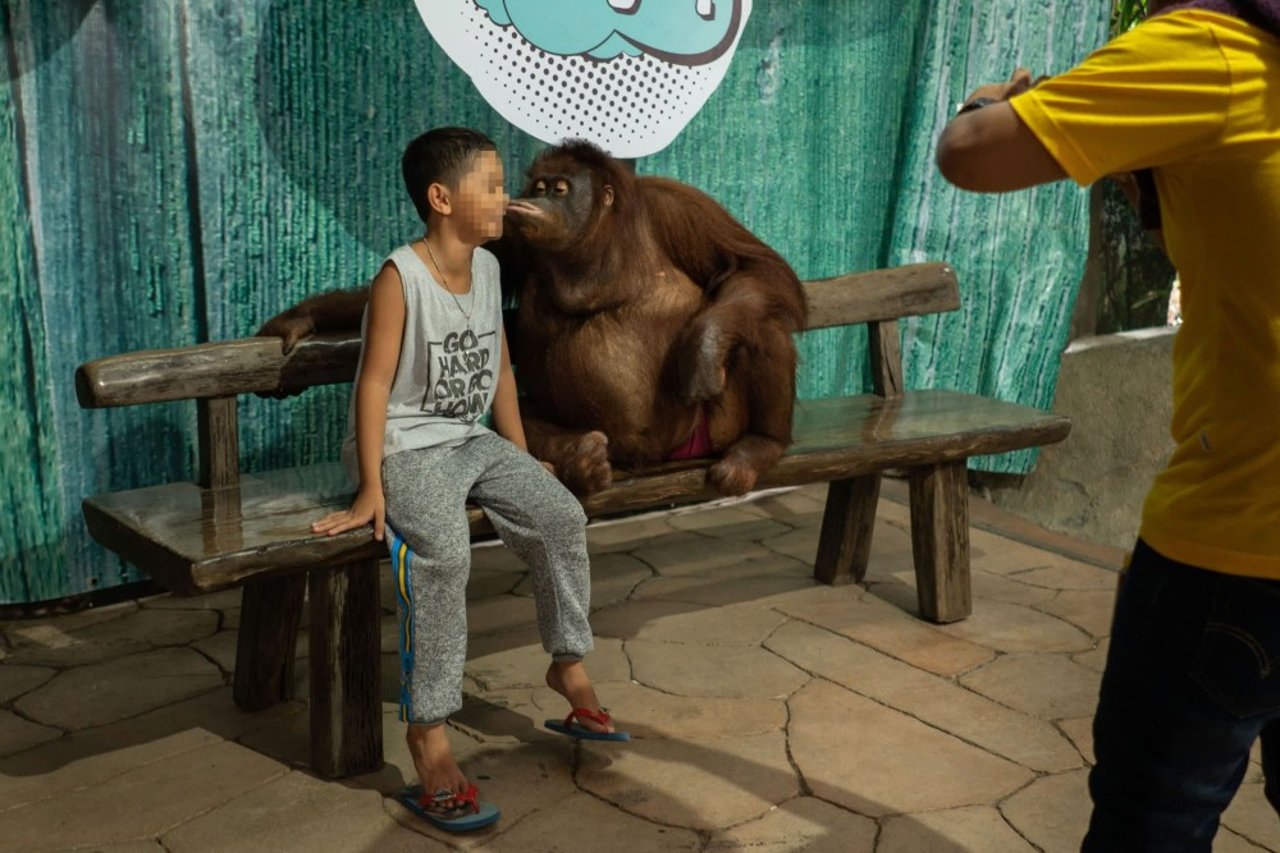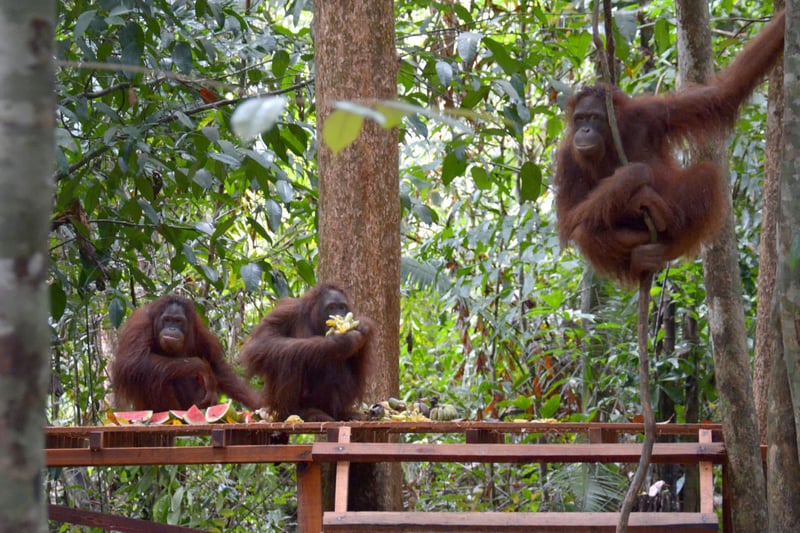
All species of Orangutans are considered to be critically endangered, which means they are facing a high probability of extinction without adequate protection.
Types of different apes
There are four types of Great Apes, Chimpanzees, Bonobos, Gorillas, and Orangutans. Chimpanzees, Bonobos, and Gorillas are found in Africa and Orangutans are found in Asia. The name Orangutan is derived from the Malay/Indonesian words, ‘orang’ meaning person and ‘hutan’ meaning forest, implying ‘man of the forest.’ There are three species of Orangutans that are said to exist today, Bornean Orangutans, Sumatran Orangutans and the recently categorised, Tapanuli Orangutans, discovered in 2017.
Orangutans--the largest tree-dwelling mammals
Orangutans are found in the islands of Borneo and Sumatra, belonging to Malaysia and Indonesia. All species of Orangutans are considered to be critically endangered, which means they are facing a high probability of extinction without adequate protection. Orangutans are among the largest tree-dwelling mammals. Adult male Orangutans, reaching a weight of 140 kilograms or more, generally spend most of their time in the treetops, eating fruits, leaves and occasionally insects. It has been stated that Orangutans can recognise over 200 different types of food plants. Adult male Orangutans develop cheek pads, which surround their faces and make their heads look large. Male Orangutans can be three times heavier than females.
Threats to their existence
Orangutans face many threats to their existence, a prime one being the destruction of their natural habitat. The massive destruction of the rainforests of Borneo and Sumatra has been devastating and catastrophic for the continued existence of Orangutans. Given that Orangutans can survive only in extensive natural tracts of forests where food is available all year round, shrinking habitat means that some parts of their range may not be able to support viable populations of these great apes. Enormous tracts of forests that are home to Orangutans have been cleared for palm oil production.
Killed for bushmeat and captured for the illegal wildlife trade
Besides Orangutans are also killed for bushmeat and the babies are captured for the illegal wildlife trade to supply circuses, unscrupulous zoos, and private collectors. Dr. Birute Galdikaas, a Canadian researcher who studied Orangutans extensively in the wild wrote a classic book on them named ‘Reflections Of Eden.’ Major conservation centres of Orangutans in Indonesia include Tanjung Puting National Park and Sebangau National Park in Central Kalimantan, Gunung Palung National Park in West Kalimantan and Gunung Leuser National Park on the border of Aceh and North Sumatra. In Malaysia, major Orangutan conservation areas include Semenggoh Wildlife Centre in Sarawak and Sepilok Orangutan Sanctuary in Sandakan in Sabah. It is of utmost importance to control and regulate the palm oil industry and the demand for palm oil products in consumer countries to ensure that these beautiful creatures do not lose their lives to cater to insatiable human greed.
The abuse of Orangutans in entertainment
Orangutans display signs of high intelligence and have been observed using tools in both captivity and in the wild. Orangutans are also among the species of animals prioritised for bestowing human rights on them for life, liberty, and freedom from torture. Unfortunately, some Orangutans have been very badly treated by zoos on account of their hybrid status, if they have been Sumatran Bornean crosses. It is incumbent on the animal welfare and conservation community to ensure hybrid Orangutans are treated humanely and respectfully.
World Animal Protection is highlighting the abuse of Orangutans in entertainment in captivity. Orangutans are wild creatures and our treatment of them will determine their existence in the wild, where they truly belong.
